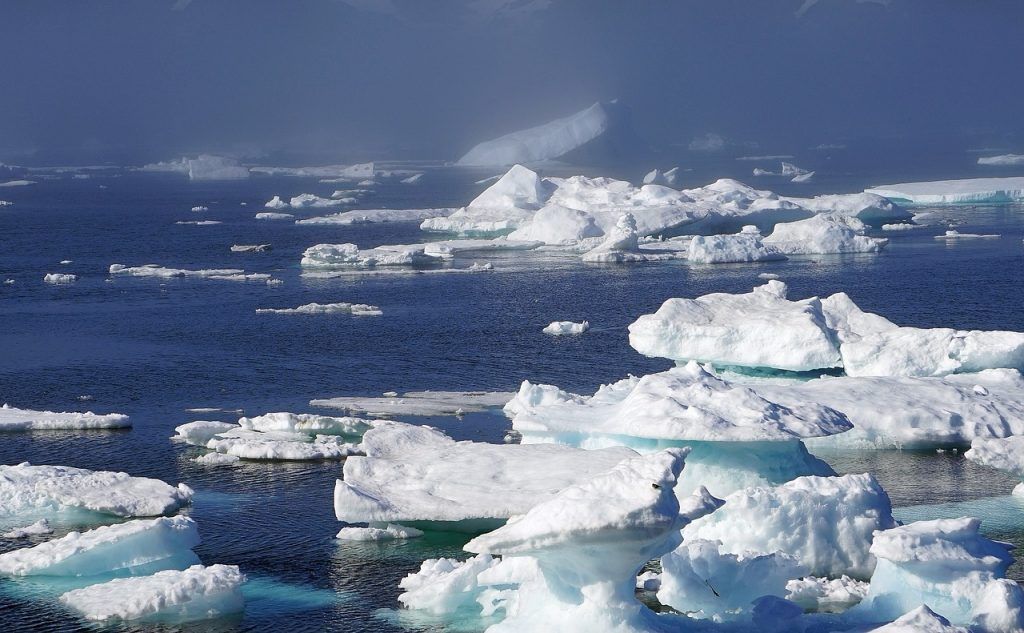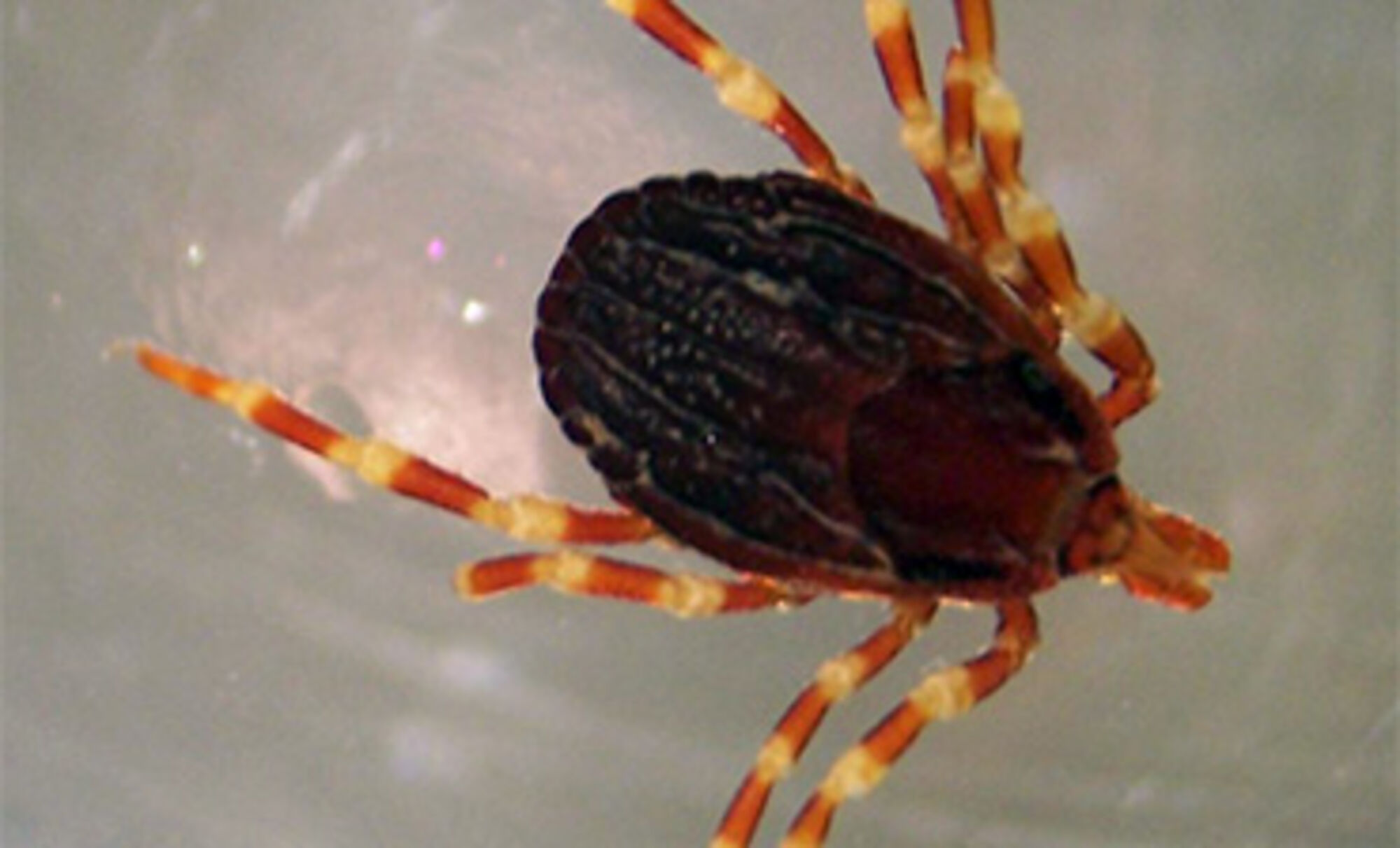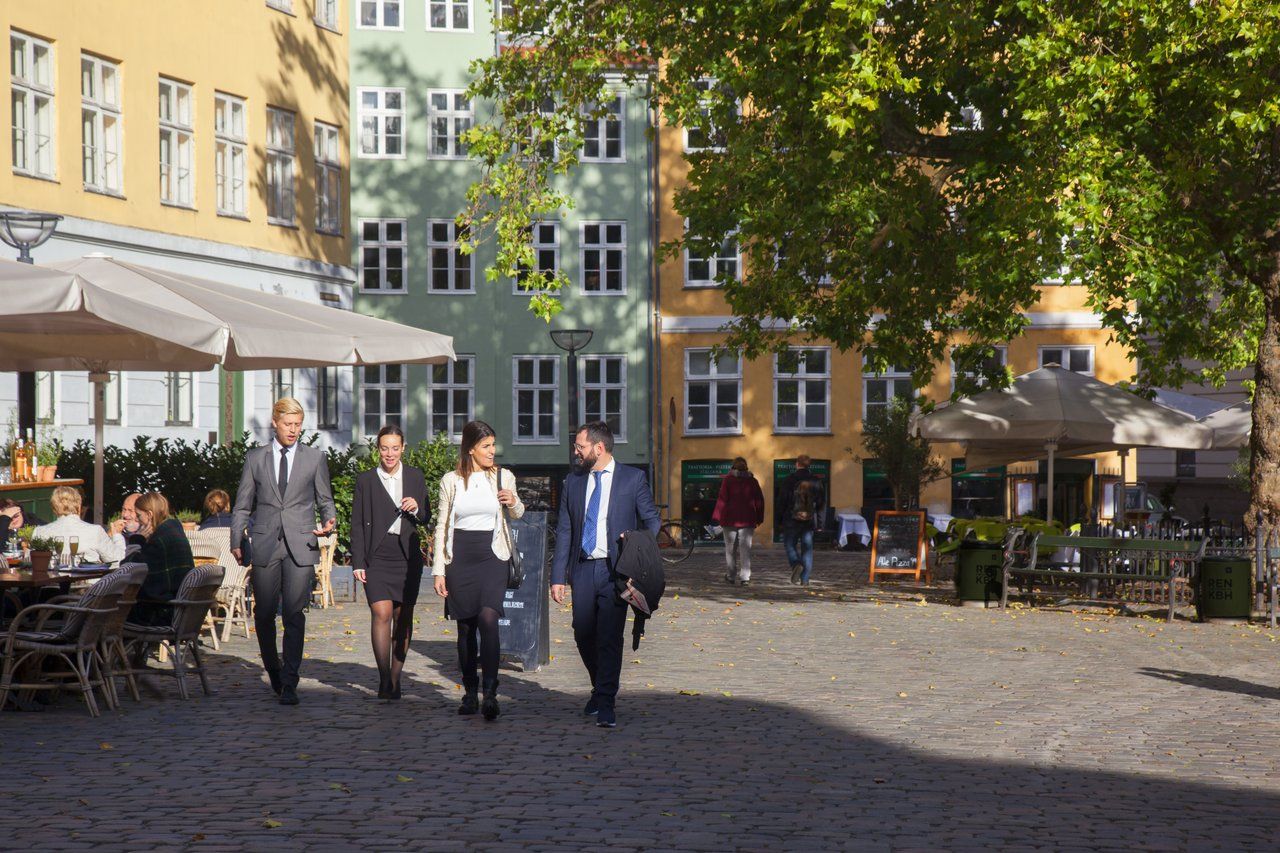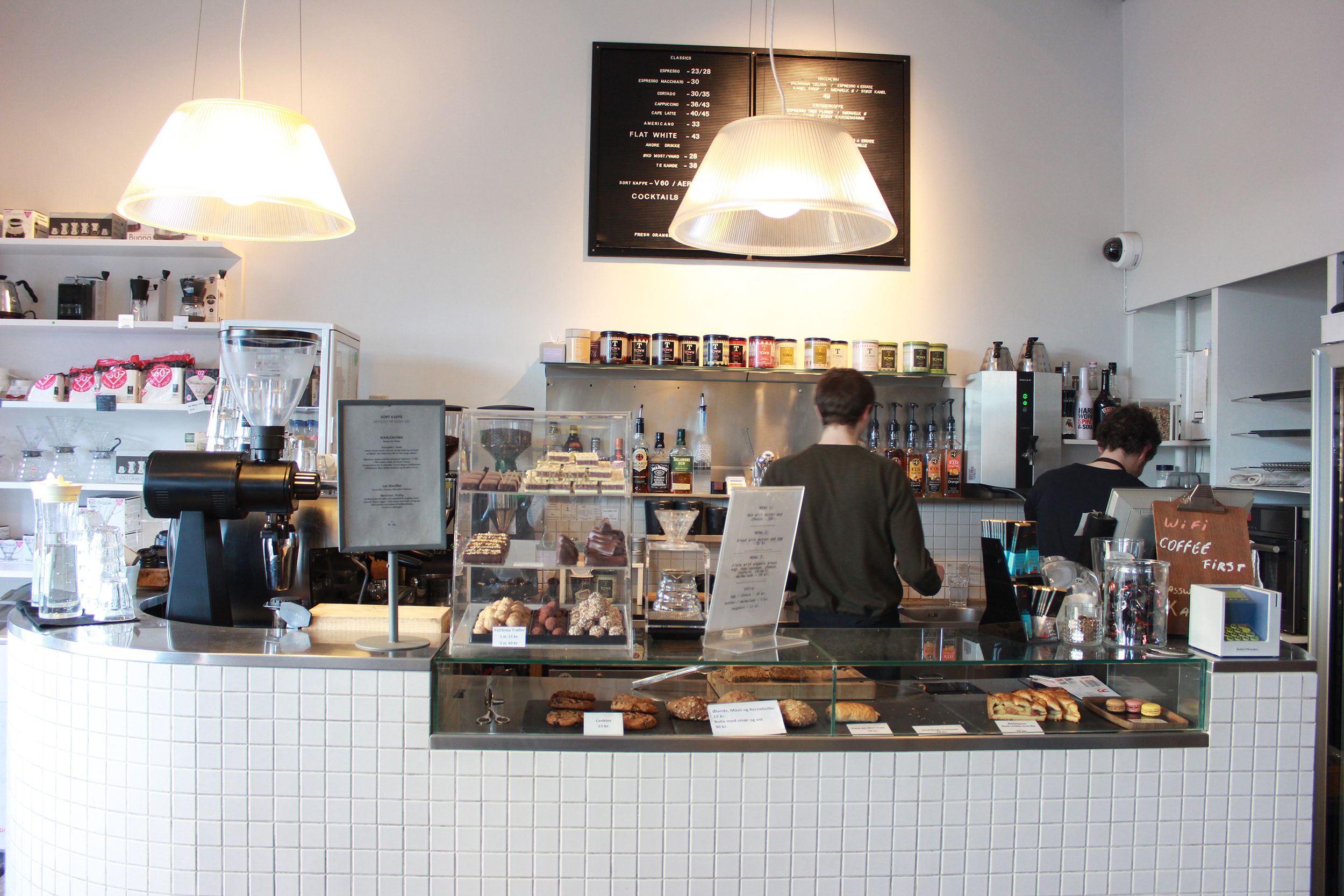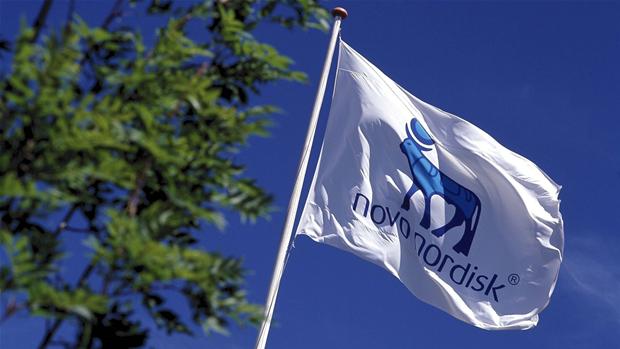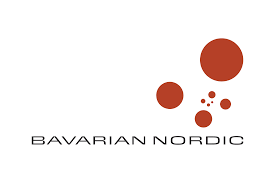A new Danish study suspects that a loss of taste and smell might be the first primary symptom of the coronavirus.
Nerve receptors in both the nose and mouth appear to be affected at the same time, the study suggests, due to the presence of anosmia and ageusia.
The study cites the case of a doctor in his early 30s who recently tested positive for COVID-19 after becoming aware he had lost his sense of taste and smell. He had no other symptoms or obvious signs of infection.
No absolute proof
The experience mirrors claims in other countries. Milan, for example, reported that 40 percent of its coronavirus patients had suffered taste and smell loss. Similarly, patients in Iran and South Korea reported the same symptoms.
However, there are is no scientific proof as yet. In Denmark, the study mainly cites one case, while abroad patients have been asked whether they can taste and smell, but not tested.
Tests underway
The study accordingly intends to test the loss of taste with taste-spray screenings taste-drop tests and taste-strips, and the loss of smell with Sniffin ‘Sticks’.
Tests have been ongoing in collaboration with the Flavor Clinic at Holstebro Hospital and Aarhus University Hospital.
New Danish-Icelandic marine research centre opens at city university
A brand-new Danish-Icelandic marine research centre is opening at the University of Copenhagen as a joint gift for Queen Margrethe’s 80th birthday and former Icelandic President Vigdís Finnbogadóttir’s 90th birthday this year. Both are concerned with environmental and social development in the North Atlantic region. The centre is the initiative of the Carlsberg Foundation, which has been the main contributor in collaboration with the Icelandic authorities. The aim of the centre is to increase our understanding of the interaction between the climate and ecosystems and the impact of climate-related changes on the sea – particularly for culture and society in Iceland.
Researchers believe they can treat spasticity following spinal cord injuries
Researchers at the University of Copenhagen are developing a possible treatment to stop the onset and development of spasticity that often kicks in following a spinal cord injury, according to new results published in the scientific journal Science Translational Medicine. Tests were conducted on mice using nimodipine, a drug approved in the 1980s. After the treatment, the mice showed no or only slight signs of spasticity. Researchers suggest the treatment should start immediately after a spinal cord injury and continue for a long time.
New research project to detect dangerous influenza viruses
An international research team at the University of Copenhagen and DTU is working on a new project to identify the characteristics of influenza viruses, like Covid-19, which make it possible to jump from animal to human. Additionally, they want to identify which types of viruses have the potential to trigger a worldwide pandemic. Supported with a grant of almost 60 million kroner by the Novo Nordisk Foundation, the research began in November 2019. The project is called ‘Fluzoomark’ and it’s now at the stage during which experimental models are being prepared.
Researchers to provide face masks to African countries
Up to 100,000 citizens in Guinea-Bissau alone will be provided with fabric masks over the coming weeks and months. Researchers at the University of Southern Denmark in collaboration with Engineers Without Borders have developed an effective prototype of a mask that will be distributed to Sierra Leone and Guinea-Bissau to curb the spread of coronavirus. The prototype of the face mask is made up of several layers of African cotton and designed to be closer to the face. Using the type of metal found in paper clips, it includes a noseband that closes the nose tightly so that no contamination drops come out. The masks are being tested by the FORCE Technology company to compare quality and performance to regular medical masks.
Following in the literary ‘footsteps’ of HC Andersen
Researchers at the University of Southern Denmark have garnered some unique insights using a digital model to analyse 50 of Hans Christian Andersen’s best-known tales. Developed over the last two years, the model digitalises and publishes Andersen’s manuscripts, enabling the researchers to investigate the creation and editing of his world-famous classics. The digitisation project, supported by the Augustine Fund with 6.2 million kroner, hopes to learn more about the creative process behind such tales.


